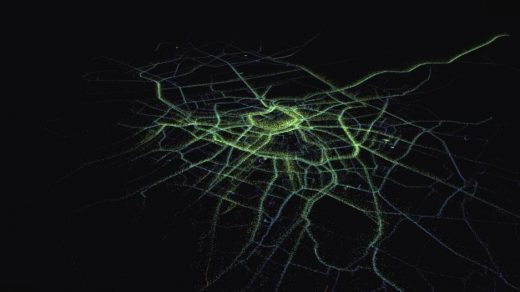The hidden way cabs could promote healthier cities
Right now, most modern cities are able to track urban conditions like air pollution, noise levels, traffic, road conditions, and weather using either fixed monitoring stations or the occasional moving sensor mounted on municipal vehicles. But both of these are methods expensive for cities to operate and maintain.
Enter MIT Senseable City Lab, which has discovered that an accurate and cost-effective way to monitor cities is actually cabs.
In a paper published this spring, researchers say that if you equipped cabs with the right sensors, you could monitor the health of half the island of Manhattan, with only 0.3% of all cabs trips. In fact, just 10 taxis can monitor one-third of Manhattan streets in one day. “The sensing power of taxi fleets is unexpectedly large,” the paper introduction says.
Gaining an accurate picture of urban conditions is crucial for city planners and administrators who must decide how to allocate scarce resources. Knowing the pollution and traffic level for every street in a city could allow policy makers to regulate car access to certain areas. Knowing how loud streets are throughout the day could lead to measures against business that are noise polluters. The more cities know about their streets, the better they’re able to enact policies that redound to the benefit of citizens.
Intriguingly, from a data collection standpoint, cities aren’t terribly different from one another. The team created a computer model before running experiments on real cabs in Singapore, Chicago, New York, San Francisco, Vienna, and Shanghai. They found that the sensing power of taxis is similar in cities around the world. While in New York you need only 0.3% of the taxi rides to cover half the city’s regular grid of streets, in Vienna it takes 9%. The reason for this variation is that there are many more cab rides in New York than in Vienna, but 9% of all rides would still be a small number of cars overall.
The researchers say that the model could help city officials build a system that uses low-cost sensors and a small fraction of cabs to constantly monitor their cities. The research had just been published, and there has not been feedback from any cities yet, but there may be soon. The health of our cities could depend on it.
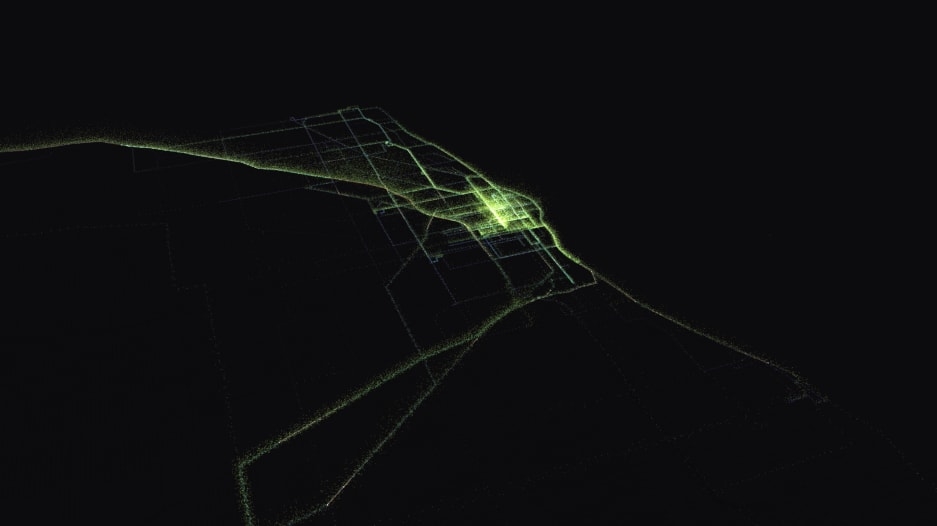
Chicago
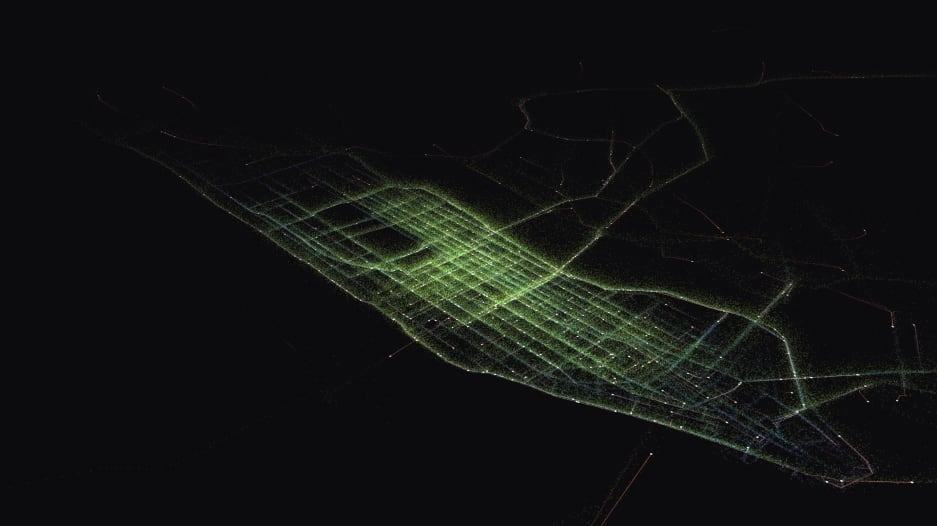
New York City
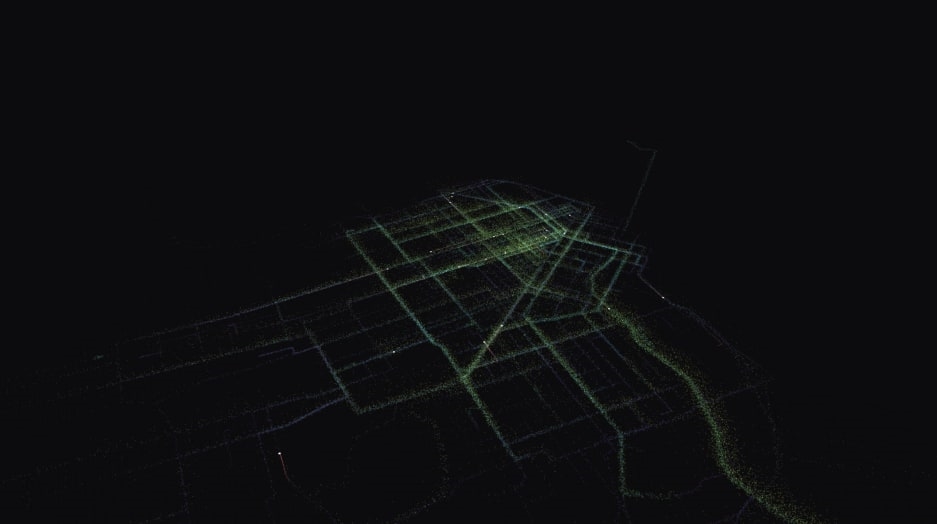
San Francisco
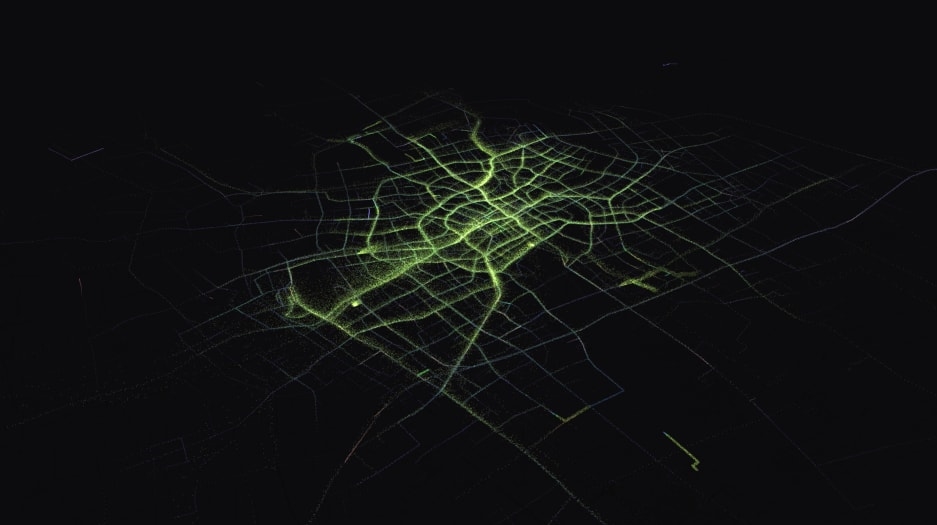
Shanghai
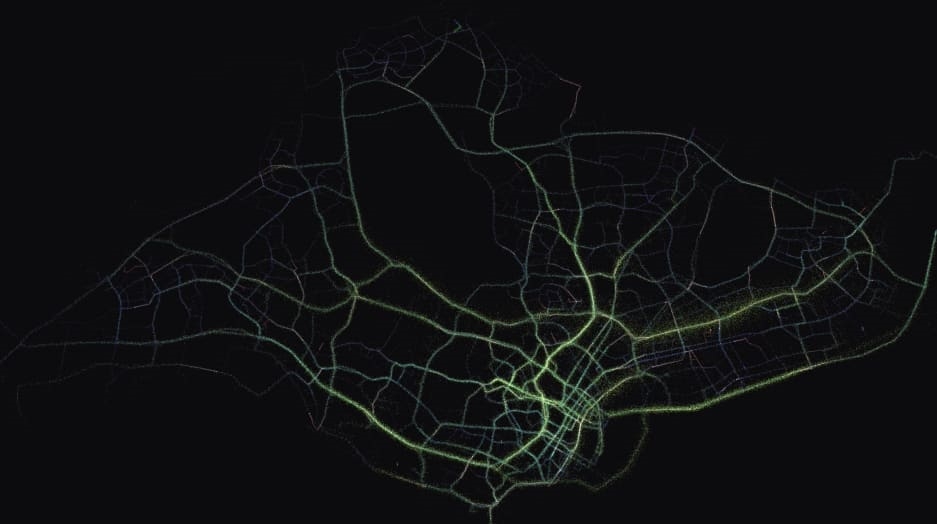
Singapore
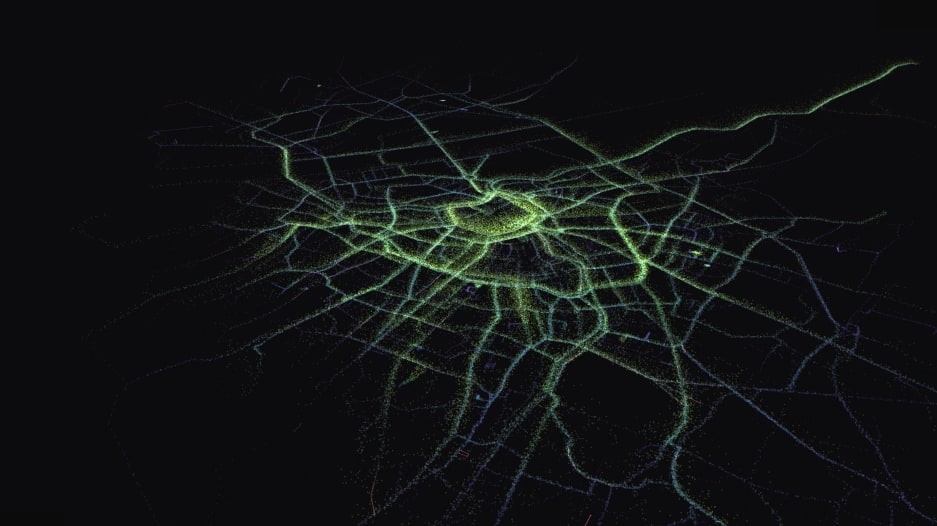
Vienna
(42)

